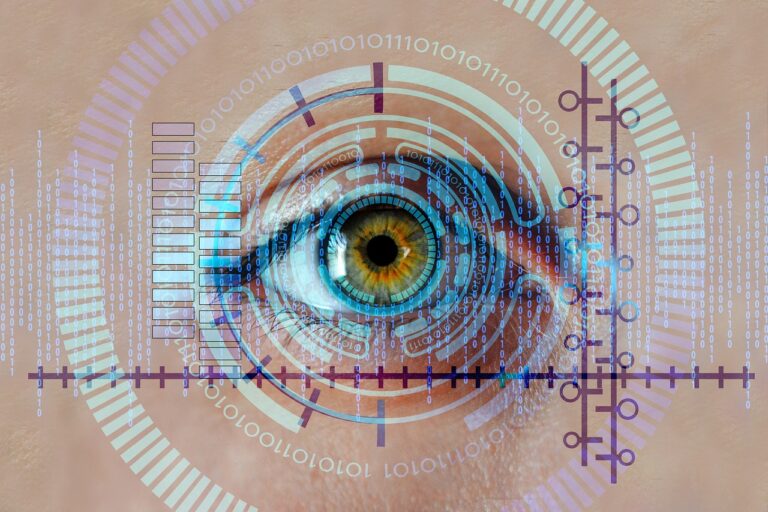The US Department of Homeland Security (DHS) Science and Technology Directorate (S&T) has announced the launch of Track 3 of the Remote Identity Validation Technology Demonstration (RIVTD).
Held in partnership with the Transportation Security Administration (TSA), the Homeland Security Investigations Forensic Laboratory and the National Institute of Standards and Technology (NIST), RIVTD is a series of technology challenges to evaluate the ability of systems to authenticate identity documents, assess the ‘liveness’ of selfie photos and evaluate identity verification using images taken with smartphones and similar devices.
“Since announcing the Remote Identity Technology Validation Tech Demo, we have garnered a tremendous response from diverse stakeholders,” said Arun Vemury, S&T senior engineering advisor for identity technologies. “The emergence of new, powerful, widely accessible technologies underscores the importance of facilitating the development and evaluation of tools to combat fraud.”
While millions of people apply for government services or open bank accounts by submitting identity information online, independent or objective data characterizing the performance of these verification technologies, and the degree to which they may reduce fraud, is still limited. In an age of widespread, increasingly believable phony media, the RIVTD fills a critical gap.
Track 1 of the RIVTD focused on authenticating identity documents and Track 2 on fraud detection, evaluating the ability of software to compare facial images on ID documents with selfie photos. For the Track 3 challenge, remote identity validation systems will demonstrate their ability to differentiate between bona-fide users and attackers attempting to impersonate other users. Tracks 1 and 2 are closed for applications.
The goal of each RIVTD track is to enable organizations to develop more secure, accurate, easy-to-use technologies; objectively measure performance against realistic and sophisticated attacks; answer questions about the overall performance, risks and fairness of these technologies for use in commercial or government applications; and inform efforts to standardize and certify technologies that are effective against sophisticated and rapidly evolving attacks. The results of these tests will inform new standards, test protocols and requirements for US agencies, international partners and other stakeholders.
“As remote ID validation technologies become more prevalent, liveness/presentation attack detection of bad actors or impersonators will be a critical component of remote, self-enrollment of an individual’s digital identity,” said TSA identity capability manager Jason Lim. “TSA is excited to continue partnering with S&T in this area and completing an independent assessment in the future that provides an objective baseline of performance across the vendor community.”
Developers of remote identity validation technologies are encouraged to participate in Track 3 of the RIVTD challenge. Interested organizations can visit DHS S&T for additional information.
For more security news, please click here.


